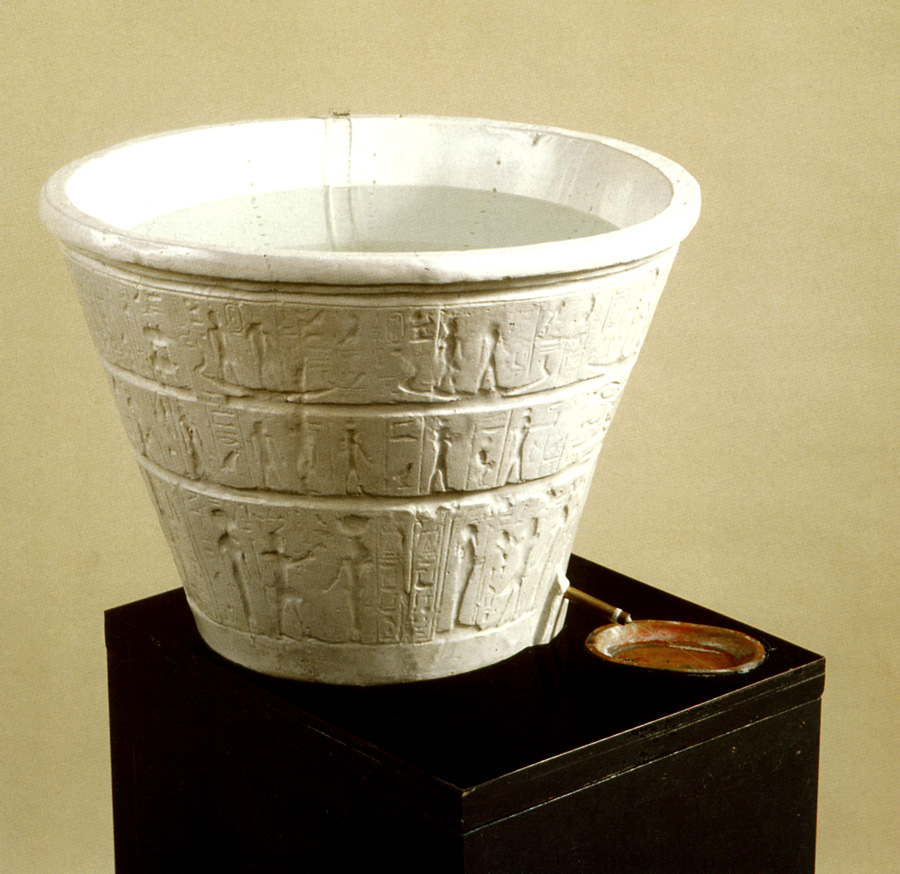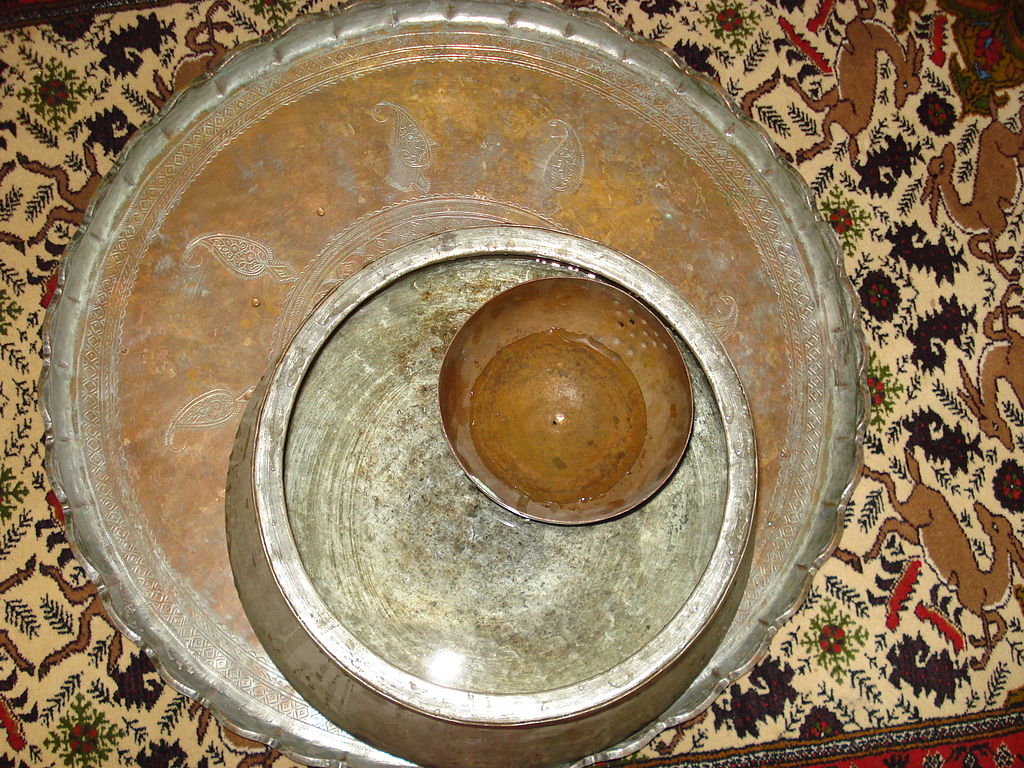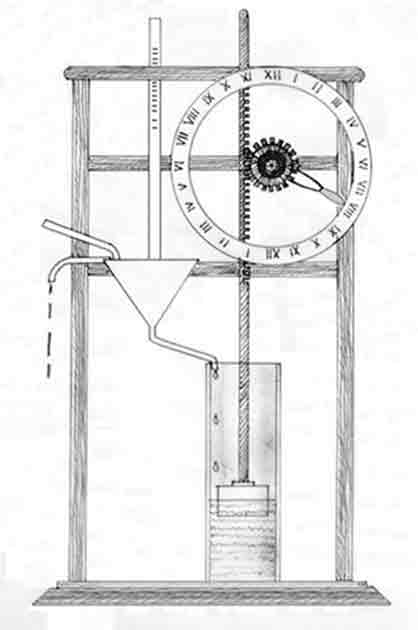The Water Clock: How Ancient Civilizations Measured the March of Time

In the vast tapestry of human history, the invention of time-keeping devices stands as a pivotal moment in our journey toward civilization. Among these early innovations, the water clock, or clepsydra, is a remarkable testament to the ingenuity of ancient societies. Though we now take our precise time-keeping for granted, the water clock laid the foundation for our modern understanding of time. This article explores the origins, evolution, and impact of the water clock, a device that has transcended millennia to influence the way we perceive time today.
The Origins of the Water Clock

The water clock is one of the earliest known time-keeping devices, with the oldest example dating back to around 1500 BC. Found in the tomb of the Egyptian pharaoh Amenhotep I, this ancient artifact offers a glimpse into the ingenuity of early civilizations. The basic principle behind the water clock was simple yet effective: a container with a small hole at the bottom was filled with water, and the passage of time was measured by the change in the water level as it slowly leaked out.
The Greeks and the Clepsydra

By 325 BC, the water clock had made its way to Greece, where it became known as the clepsydra, or “water thief.” The Greeks refined this device and used it for various purposes, particularly in law courts. In Athens, for instance, the clepsydra was used to time speeches during trials, ensuring that speakers such as Aristotle, Aristophanes, and Demosthenes did not exceed their allotted time. The amount of water in the vessel was adjusted depending on the type of speech or trial, demonstrating the device’s versatility in managing time.
The Ghatika Yantra: The Ancient Indian Water Clock

The Evolution of Water Clocks
While the basic principle of the water clock was relatively simple, ancient engineers faced several challenges in maintaining its accuracy. One significant issue was ensuring a constant flow of water, which required a steady pressure. To address this, water clocks were often connected to a large reservoir where the water level was kept constant. Another challenge was the varying length of day and night with the changing seasons, necessitating monthly recalibration of the clocks.

Over time, these challenges led to more complex designs and innovations in water clock technology. These early timepieces laid the groundwork for the development of mechanical clocks, which eventually evolved into the sophisticated devices we use today. From water clocks to quartz clocks and beyond, the quest to measure time accurately has been a driving force in human innovation.
Conclusion
The ancient invention of the water clock is a fascinating chapter in the history of time-keeping. From its humble beginnings in ancient Egypt to its widespread use in Greece, India, and beyond, the water clock symbolizes the universal human desire to understand and measure time. While the challenges faced by ancient engineers may seem distant today, their innovations continue to resonate in the precision timepieces we rely on every day. As we marvel at the ease with which we now keep track of time, it is worth reflecting on the ingenuity and perseverance of those who first sought to capture the fleeting moments of the day.
We hope this exploration of the water clock has been as enlightening as we intended. Follow our blog to stay updated on more intriguing topics related to the history of time-keeping.
Video
News
The Hanging Temple: China’s 1,500-Year-Old Cliffside Marvel of Faith and Engineering
The Hanging Temple: China’s 1,500-Year-Old Cliffside Marvel of Faith and Engineering Perched precariously on the cliffs of Mount Heng in Shanxi Province, China, the Hanging Temple, also known as Xuankong Temple, Hengshan Hanging Temple, or Hanging Monastery, is an architectural…
The Willendorf Venus: A 30,000-Year-Old Masterpiece Reveals Astonishing Secrets
The Willendorf Venus: A 30,000-Year-Old Masterpiece Reveals Astonishing Secrets The “Willendorf Venus” stands as one of the most revered archaeological treasures from the Upper Paleolithic era. Discovered in 1908 by scientist Johann Veran near Willendorf, Austria, this small yet profound…
Unveiling the Maya: Hallucinogens and Rituals Beneath the Yucatán Ball Courts
Unveiling the Maya: Hallucinogens and Rituals Beneath the Yucatán Ball Courts New archaeological research has uncovered intriguing insights into the ritual practices of the ancient Maya civilization. The focus of this study is a ceremonial offering found beneath the sediment…
Uncovering the Oldest Agricultural Machine: The Threshing Sledge’s Neolithic Origins
Uncovering the Oldest Agricultural Machine: The Threshing Sledge’s Neolithic Origins The history of agricultural innovation is a fascinating journey that spans thousands of years, and one of the earliest known agricultural machines is the threshing sledge. Recently, a groundbreaking study…
Nara’s Ancient Sword: A 1,600-Year-Old Protector Against Evil Spirits
Nara’s Ancient Sword: A 1,600-Year-Old Protector Against Evil Spirits In a remarkable discovery that has captured the attention of archaeologists and historians alike, a 7.5-foot-long iron sword was unearthed from a 1,600-year-old burial mound in Nara, Japan. This oversized weapon,…
The Inflatable Plane, Dropped Behind the Lines for Downed Pilots
Experimental The Inflatable Plane, Dropped Behind the Lines for Downed Pilots The Inflatoplane from Goodyear was an unconventional aircraft developed by the Goodyear Aircraft Company, a branch of the renowned Goodyear Tire and Rubber Company, also famed for the Goodyear…
End of content
No more pages to load











